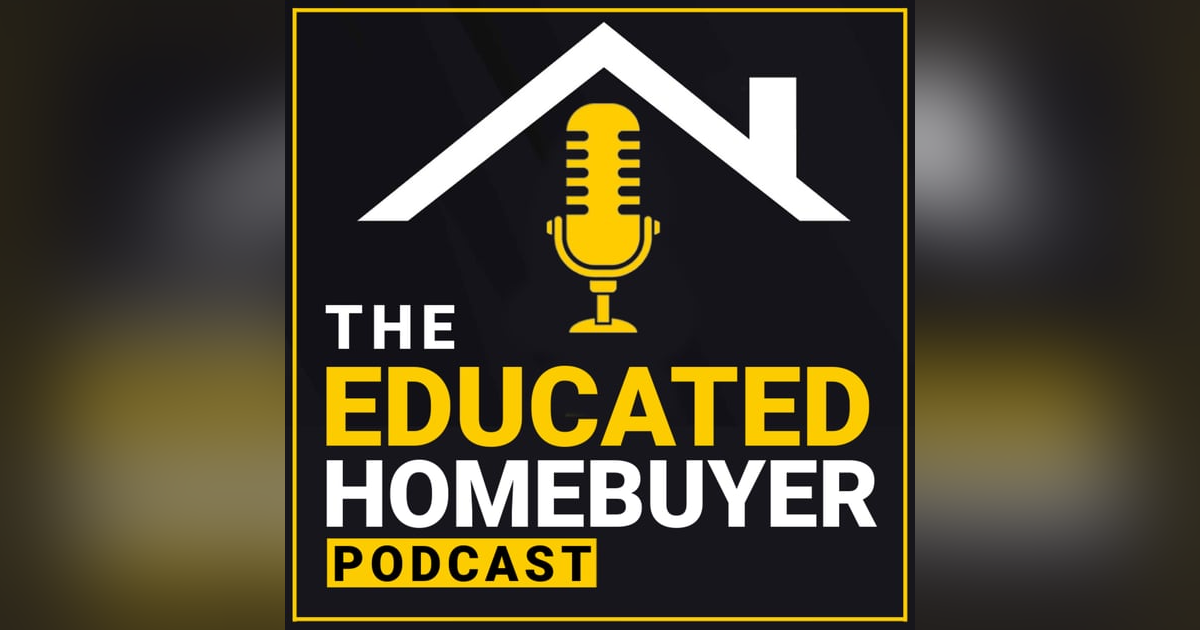Are We on the Brink of Another Housing Crash?

Are We on the Brink of Another Housing Crash?
The Reality of Foreclosures and the Housing Market in 2024
You've seen the headlines: "Foreclosures Are Skyrocketing!" But are they really? The real estate market has been through dramatic shifts over the past few years, and concerns about a looming housing crash are everywhere. However, before making any major financial decisions, it's crucial to separate fact from media hype.
Understanding Foreclosure Data
Foreclosures don’t happen overnight. They go through stages:
- Early-stage delinquency (30-60 days late)
- Serious delinquency (90+ days late)
- Notice of Default (NOD) and foreclosure filing
- Bank repossession and sale
Currently, foreclosure rates are still at historically low levels compared to pre-pandemic norms. In fact:
- Foreclosure starts in 2024: 253,000 cases (down 6% from 2023 but up 74% from 2021 pandemic lows)
- Total foreclosure filings: 322,000 (down 10% from 2023 and 35% lower than in 2019)
- Bank repossessions in 2024: 36,000 (a 13% decline from 2023)
- Auction.com reports a three-year low in foreclosure auctions
Why Foreclosure Data Looks Misleading
Yes, foreclosure rates have risen from 2021, but that was an artificial low due to government moratoriums and forbearance programs. When comparing today’s numbers to pre-pandemic times, foreclosures are still well below normal levels.
The Key Differences Between 2008 and 2024
One of the biggest reasons people fear a housing crash is because of the 2008 crisis. However, the market today is fundamentally different:
1. Loan Quality Is Significantly Higher
During the 2008 crash, risky lending practices allowed unqualified buyers to take on mortgages they couldn’t afford. Today’s market has strict lending guidelines. Borrowers now must verify their income, employment, and creditworthiness before getting approved.
2. Homeowners Have Substantial Equity
In 2008, many homeowners had little to no equity, making it easier to walk away from their homes. Today, the average homeowner has over $185,000 in tappable equity, which acts as a financial cushion against foreclosure.
3. Fixed-Rate Mortgages Dominate the Market
Leading up to 2008, a large percentage of loans were adjustable-rate mortgages (ARMs) that reset to higher rates, causing payments to spike. Now, the majority of homeowners have fixed-rate mortgages with historically low rates, making their payments stable and predictable.
4. Inventory Is Extremely Low
One of the major factors that fueled the housing crash was an oversupply of homes. Builders overdeveloped, leading to a surplus of inventory. Today, however, the U.S. is facing a housing shortage of 4-6 million homes due to years of underbuilding.
Case Study: How Homeowners Are Avoiding Foreclosures
Scenario 1: Rising Home Values Offer a Lifeline
A homeowner in California purchased a home in 2018 with a fixed-rate mortgage. After losing their job in 2023, they struggled to make payments. However, instead of facing foreclosure, they sold their home at a 25% higher price than they originally paid, walking away with substantial equity and avoiding financial disaster.
Scenario 2: Loan Modifications and Forbearance Programs
A homeowner in Texas fell behind on mortgage payments after medical expenses piled up. Instead of facing foreclosure, they worked with their lender to modify their loan, reducing monthly payments and preventing repossession. This strategy has become far more common since the lessons of 2008.
Want More Market Updates?
Subscribe to The Educated Homebuyer Podcast for real estate insights and expert advice!
If you're looking to buy or sell a home and need expert guidance, our team can connect you with trusted mortgage and real estate professionals. Click the link in the description to get started today!


